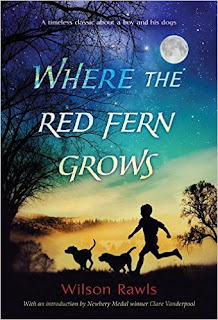I've been blogging about my journey learning about alternative/flexible seating - what it was; FAQs and more in previous posts.
If you missed those posts, you can find part 1 {HERE} and part 2 {HERE}.
If you missed those posts, you can find part 1 {HERE} and part 2 {HERE}.
Part 2 left off with my decision that I would try flexible seating for 3 weeks at the end of the year to see how it works before making a decision to go for it in the fall!
This week I'm sharing about the three week trial period:
I starting using flexible seating as an experiment. I didn't have enough seating arrangements, but I was able to have the following:
4 desks raised to their highest level
1 bean bag chair (borrowed from my son)
1 round table lowered to 6" off the floor with bath mats
2 crate seats with cushions like these below that are from Ms. Third Grade Blog
2 fidget seat cushions from OT (I don't remember the name of them.)
1 portable tray for the rug area
4 desks raised to their highest level
 |
| SOURCE |
1 bean bag chair (borrowed from my son)
 |
| source |
1 round table lowered to 6" off the floor with bath mats
 |
| source |
 |
| SOURCE |
2 fidget seat cushions from OT (I don't remember the name of them.)
 |
| source |
1 portable tray for the rug area
 |
| source |
I still had all 24 desks and chairs - so there were plenty of seats for the remaining 10 students. I also had a table with regular chairs as well.
The first day that the students walked in - they were excited! You would've thought I told them we were going to have recess all day! (Really - even though the only changes were the ones listed above.)
I don't have pictures to share with kids in the seats because I don't have permission to do so. I didn't think to take pictures of just the seating, but the above pictures are pretty close to looking like the ones I had. Just imagine happy, happy faces!
The first thing I did was have them sit on the rug and we discussed the various seating available. Then I used this chart to introduce the rules that we'd need.
You can get this set of rules (without my logo) as a PNG file {HERE}
My Take Away From The 3 Week Trial:
Join me next week for part 4 where I venture into funding for this idea!
What are your thoughts on flexible seating? Are you doing it? If not, is it something you'd like to try? Let me know your thoughts in the comments below - I really get excited to read your comments.
My Take Away From The 3 Week Trial:
- The students LOVED it!
- I had one administrator that couldn't stop saying positive things about it each time she came into the room!
- I did not have issues with noise - in fact it was the opposite!
- I only had to move a student once in the time period as he didn't make the best choice for where to sit.
- The bean bag, the crate seats and the tall desks were very popular!
- I had to rethink where/how I would distribute papers because they didn't have desks.
- Our "book boxes" were okay to store things for 3 weeks, but it won't work for the entire year. I'll have to come up with something different for them to store materials.
- Next year's students came to visit for 20 minutes on our "Step Up" day and I talked about many things with them about 3rd grade, but according to the 2nd grade teachers, the seating was all the rage when they went back to their classrooms!
- Students at the tall desks got tired of standing after awhile, but still wanted to use the desks...so I'm thinking I need to get them a stool as an option when they get tired.
- Students preferred being able to switch seats throughout the day. I knew staying in one seating option for the day was too long so we tried half day rotations. Students liked changing for each "period". I was good with that so that's something I'll continue with.
Join me next week for part 4 where I venture into funding for this idea!
What are your thoughts on flexible seating? Are you doing it? If not, is it something you'd like to try? Let me know your thoughts in the comments below - I really get excited to read your comments.






















